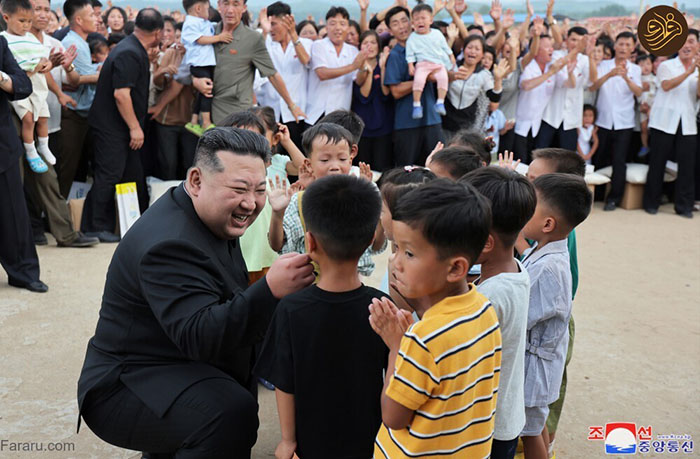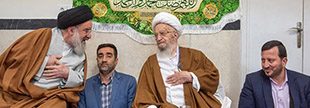Reconstruction Plans
In the aftermath of the floods, the North Korean government announced plans to rebuild the affected areas within two to three months. These efforts will include the construction of new homes, public buildings, and infrastructure to replace those that were destroyed or damaged by the floods. The government also revealed plans to temporarily accommodate 15,400 displaced people, including mothers, children, older adults, and disabled soldiers, in facilities located in Pyongyang.
The speed and scale of the reconstruction effort will be a significant test of North Korea’s capacity to manage large-scale disaster recovery, particularly given the country’s ongoing economic challenges and international sanctions. The government’s ability to deliver on its promises will likely be closely watched both domestically and internationally.
Self-Reliance and International Aid
Kim Jong Un’s emphasis on self-reliance in responding to the floods is consistent with North Korea’s longstanding policy of juche (self-reliance), which has been a central tenet of the regime since its founding. This policy has often been used to justify the country’s reluctance to accept foreign aid, particularly from countries it views as adversaries.
However, the decision to reject international aid in the wake of such a severe disaster raises questions about the regime’s priorities and its ability to meet the needs of its people. While North Korea has received some humanitarian assistance in the past, including food aid from the United Nations and other international organizations, the regime’s insistence on self-reliance has often limited the scope and effectiveness of such efforts.

